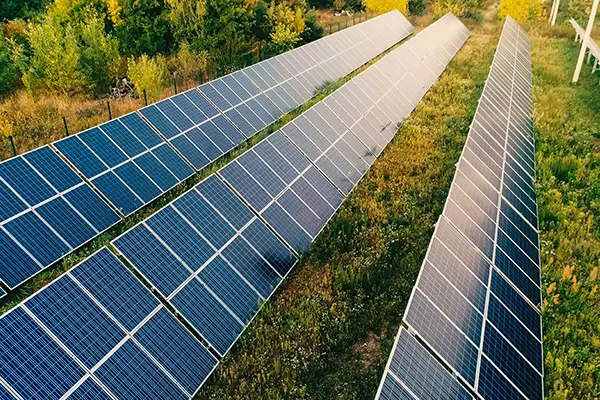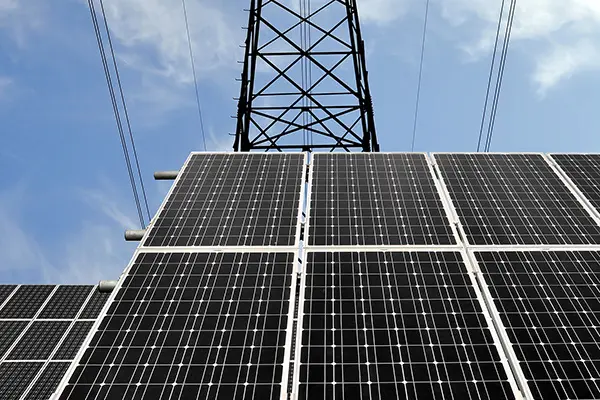About Solar Panel
19 Jul 2023Solar panels are devices that convert sunlight into electricity. They are made up of many individual solar cells that contain photovoltaic materials. When sunlight hits these materials, electrons are knocked loose and can flow through the material to produce electricity. This process is called the photovoltaic effect.

Solar panels are mounted on rooftops, ground mounts, or sometimes integrated into building materials. They can range in size from small panels for powering small devices to large utility-scale arrays covering many acres. The more intense the sunlight and the larger the panel area, the more electricity that is produced.
There are a few main types of solar panels based on the photovoltaic material used:
- Monocrystalline silicon - Made from silicon cut into uniformly structured crystals. These are the most efficient but also most expensive panels.
- Polycrystalline silicon - Made from melted and recrystallized silicon fragments. Less efficient than monocrystalline but cheaper to produce.
- Thin-film - Made by depositing photosensitive materials on substrates like glass or plastic. These are lightweight and flexible but less efficient than crystalline silicon panels.
- Hybrid cells - Combine technologies like crystalline silicon and thin-film. These aim to get the best features of different materials.
When sunlight triggers the release of electrons in the solar cell material, the electrons flow into metal contacts on the front and back of the cell. Wires connect the individual cells together into a solar panel with positive and negative terminals. When these terminals are connected to an external load like lightbulbs, motors, or batteries, electricity flows through the circuit.
Solar panels produce direct current (DC) electricity. For household use this is converted to alternating current (AC) using inverters. For large solar farms, the DC power may be fed directly into the electrical grid. The solar panels work as long as there is sunlight, with peak production occurring at solar noon when the sun is highest in the sky.
The adoption of solar panels has grown tremendously over the past decade. This is driven by dropping prices and government incentives aimed at expanding renewable energy. Solar power has huge potential as an alternative to fossil fuels. It is inexhaustible and clean producing no greenhouse gas emissions or pollution. With solar panels on every rooftop we could move closer to a carbon-neutral world powered by the sun.
- ← There is no previous article
- Next:Introduction to Monocrystalline Silicon Solar Panels
Related blogs
-

Introduction to Monocrystalline Silicon Solar Panels
Monocrystalline silicon offers unique advantages for photovoltaic devices due to its ordered atomic structure. This crystalline arrangement allows unimpeded electron flow when the silicon lattice abso 19 Jul 2023
